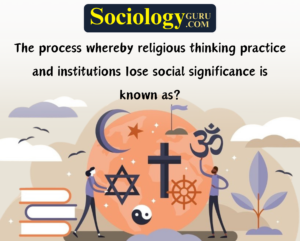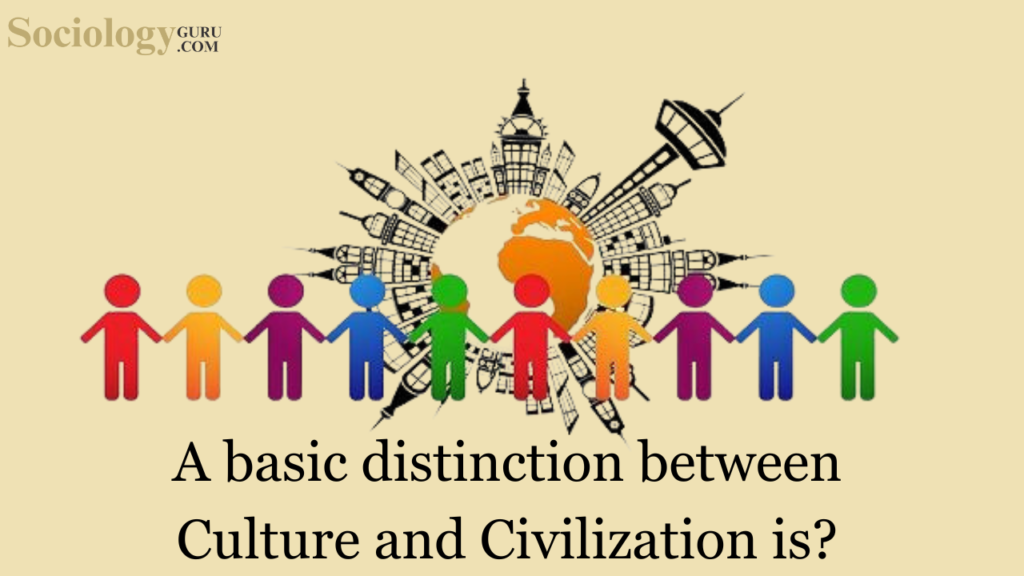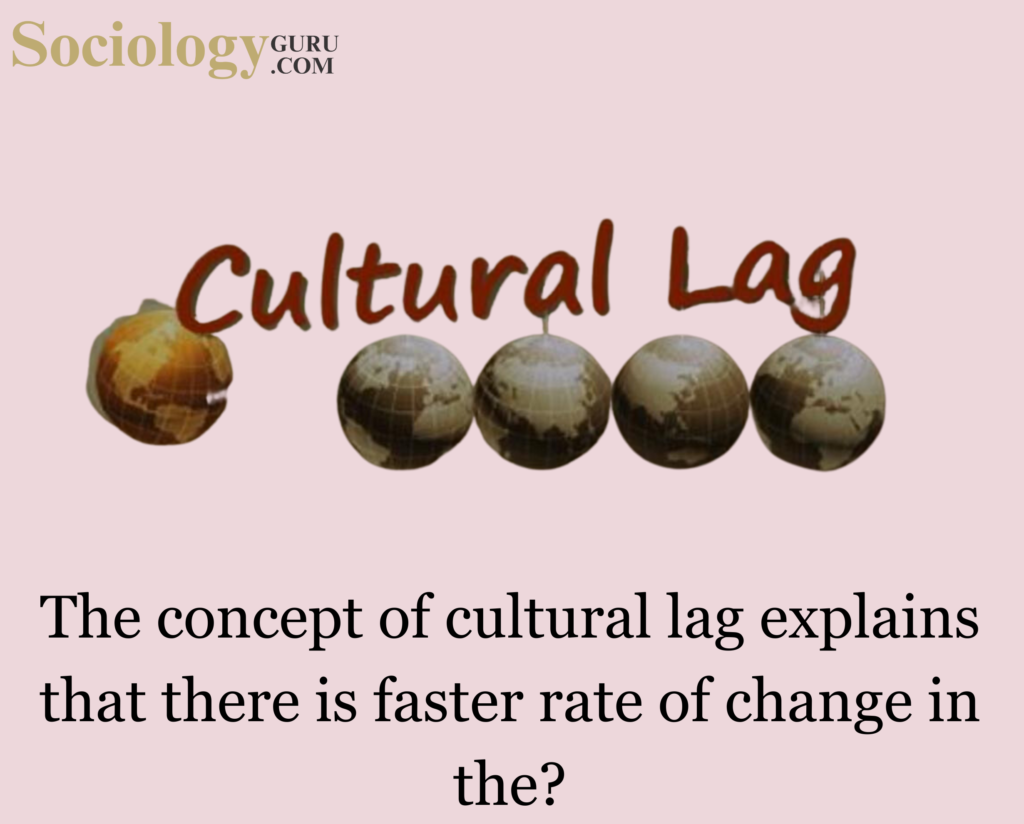Question: The process whereby religious thinking practice and institutions Iose social significance is known as?
- Liberal movement
- Atheism
- Scientific rationalism
- Secularisation
Answer: (4)The question in the MA CUET exam revolves around the concept of secularization and its various dimensions. The correct answer, according to the information provided, is (d) Secularisation. In this response, we will delve into the definition and understanding of secularization as articulated by scholars, particularly drawing on the insights of Wilson (1966) and Steve Bruce (2002). Secularization, as defined by Wilson (1966), is “the process whereby religious thinking, practices, and institutions lose social significance.” This succinct definition encapsulates the core idea that over time, the role and influence of religion in society diminish. It implies a shift away from a society where religious considerations play a central and guiding role in various aspects, toward one where religion holds less sway over thinking, practices, and institutions. To gain a more comprehensive understanding, it is valuable to examine Steve Bruce’s (2002) elaboration on secularization. According to Bruce, secularization is not a singular phenomenon but a multifaceted social condition. He identifies three key dimensions of secularization: (a) Declining Importance of Religion for Non-Religious Roles and Institutions: This dimension points to the diminishing significance of religion in the functioning of roles and institutions that are inherently non-religious. Examples of such roles include those within the state and the economy. In a secularized society, religious considerations would play a reduced role in shaping policies, laws, and economic practices. The state and economic institutions would operate independently of religious doctrines. (b) Decline in Social Standing of Religious Roles and Institutions: Bruce’s second dimension emphasizes the diminishing social influence and standing of religious roles and institutions. This implies that religious authorities, once wielders of considerable influence, see a decline in their societal power and prestige. In a secularized context, religious leaders may not hold the same sway over public opinion or policy decisions as they might have in a more religiously oriented society. (c) Decline in Religious Practices and Beliefs among the Population: The third dimension of secularization involves a decline in the extent to which individuals engage in religious practices, hold religious beliefs, and incorporate these beliefs into various aspects of their lives. This suggests a shift in personal values and behavior away from being informed by religious doctrines. In secularized societies, individuals may be less likely to participate in religious rituals, display religious symbols, or let religious beliefs guide their moral and ethical choices. It is essential to clarify that secularization does not imply the negation or elimination of religion itself. Instead, it signifies a transformation in the role and influence of religion in society. Religion may still exist, and individuals may continue to practice their faith, but its impact on public policies, social relations, and individual behavior diminishes. Secularization is intricately linked to the concepts of modernization and modernity. As societies undergo processes of modernization—characterized by advancements in science, technology, education, and socio-economic structures—they often experience a parallel trend of secularization. The rationalization and emphasis on empirical knowledge associated with modernity may contribute to a decline in the influence of religious thinking. In conclusion, the concept of secularization, as elucidated by Wilson and expanded upon by Steve Bruce, encompasses the gradual diminishing of the social significance of religious thinking, practices, and institutions. It involves a shift away from a society where religion plays a central role in shaping various aspects of life toward one where religious influence wanes. The three dimensions of secularization outlined by Bruce provide a nuanced understanding of this complex social phenomenon, emphasizing its impact on non-religious roles, the standing of religious institutions, and individual religious practices. This concept is closely tied to the broader processes of modernization and the evolution of societies toward a more secular orientation. |
Take a Quick Sociology Quiz to measure your Performance
Frequently Asked Questions:
1. Question: Define the term “ethnic movement” and provide an example from India.
Answer: An ethnic movement refers to a collective effort by a group sharing common cultural, linguistic, or religious traits, seeking to assert their identity and rights; an example from India is the Khalistan Movement in Punjab.
2. Question: Identify the main objectives behind the Gorkhaland ethnic movement.
Answer: The Gorkhaland ethnic movement primarily seeks to establish a separate state for India’s Nepali-speaking population in the Darjeeling region, advocating for linguistic and cultural recognition and political autonomy.
3. Question: What was the Operation Blue Star, and which ethnic movement was it related to?
Answer: Operation Blue Star was a military action in 1984, aiming to remove Sikh militants hiding in the Golden Temple in Amritsar; it is related to the Khalistan movement, which sought a separate Sikh country.
4. Question: Mention a critical factor that triggered the emergence of ethnic movements in India, as discussed by Dipankar Gupta.
Answer: Dipankar Gupta emphasized that ethnicity is fundamentally a political process, wherein caste and religion, the key components of identity formation, are politicized by leaders for vested interests.
5. Question: What were the primary reasons for the Assam Ethnicity conflicts involving Bodo tribals and Bengali Muslim settlers?
Answer: The Assam Ethnicity conflicts primarily stemmed from issues related to immigration, land rights, and resource allocation, leading to clashes, riots, and evolving relationships among indigenous communities to address challenges.
6. Question: Briefly describe the role of the Dravidian Movement in terms of caste and societal structure.
Answer: The Dravidian Movement, led notably by E.V. Ramasamy, aimed to establish an egalitarian society, focusing on anti-Brahmanism and advocating for equal rights for backward castes, while also introducing reforms like self-respect marriages.
7. Question: Name the prominent ethnic movements in North-East India and specify one common objective.
Answer: Prominent ethnic movements in North-East India include the Nagas’ and Mizos’ struggles; a common objective was to gain autonomy and recognition for their distinct tribal identities and cultural uniqueness.
8. Question: What is the key argument of Gail Omveldt regarding traditional Indian society and multiculturalism?
Answer: Gail Omveldt opposed romanticizing traditional Indian society, arguing that hierarchy has always dominated it and dismissing the notion that multiculturalism is an intrinsic feature of Indian society as a myth.
9. Question: Briefly explain the social hierarchy factor as a contributing element to ethnic movements as suggested by Olzak.
Answer: Olzak suggests that the construction of hierarchies among ethnic communities, which often leads to the suppression of one group by another, is a key factor that can instigate social and ethnic movements.
10. Question: Identify one consequence of the unequal economic development factor within the context of ethnic movements in India.
Answer: One consequence of unequal economic development is the marginalization and underdevelopment of certain groups, leading to feelings of alienation and sometimes initiating ethnic movements as these groups strive for equality and recognition.
To master these intricacies and fare well in the Sociology Syllabus, aspiring sociologists might benefit from guidance by the Best Sociology Teacher and participation in the Best Sociology Coaching. These avenues provide comprehensive assistance, ensuring a solid understanding of sociology’s diverse methodologies and techniques.
META TAGS:
Why Vikash Ranjan’s Classes for Sociology?
Proper guidance and assistance are required to learn the skill of interlinking current happenings with the conventional topics. VIKASH RANJAN SIR at SOCIOLOGY GURU guides students according to the Recent Trends, making him the Best Sociology Teacher for Sociology.
At Sociology Guru, the Best Sociology Coaching platform, we not only provide the best study material and applied classes for Sociology but also conduct regular assignments and class tests to assess candidates’ writing skills and understanding of the subject.
Choose The Best Sociology Teacher for your Preparation?
To master these intricacies and fare well in the Sociology Syllabus, aspiring sociologists might benefit from guidance by the Best Sociology Teacher and participation in the Best Sociology Coaching. These avenues provide comprehensive assistance, ensuring a solid understanding of sociology’s diverse methodologies and techniques. Sociology, Social theory, Best Sociology Teacher, Best Sociology Coaching, Sociology Syllabus.
Best Sociology Teacher, Sociology Syllabus, Sociology, Sociology Coaching, Best Sociology Coaching, Best Sociology Teacher, Sociology Course, Sociology Teacher, Sociology Foundation, Sociology Foundation Course, Sociology CUET, Sociology for IAS, Sociology for UPSC, Sociology for BPSC, Sociology for UGC NET, Sociology for JPSC,
Follow us :
KEYWORD:-Social Significance, Social Significance, Social Significance, Social Significance, Social Significance, Social Significance, Social Significance, Social Significance, Social Significance, Social Significance, Social Significance, Social Significance, Social Significance, Social Significance, Social Significance, Social Significance, Social Significance, MA CUET SOCIOLOGY



